#swinhoe
Explore tagged Tumblr posts
Text
Poll: For the next AU
Since the Wolf Unit hunts enemy scouts with deadly accuracy, I think I might want to work on the disguises and how the scouts protect their identities. Obviously, fur dye with Juldarami with the stripes, and trimming the extra fur tufts that grow in during the winter as in the first AU. But the question is, why would he have stripes?
From what I have researched, red squirrels are determined by a lighter lower half and a darker top half, with a phenotype of darker patches on the head and top, but I don't see a phenotype for multiple stripe looking patches.
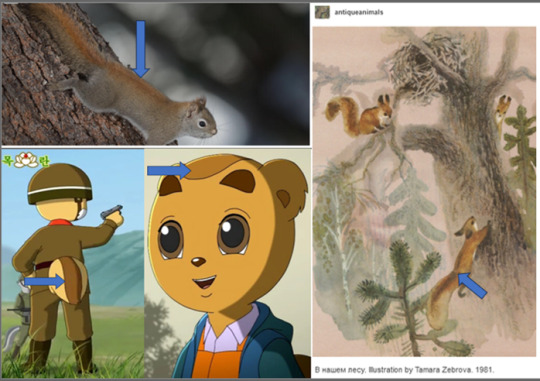
I HAVE, however, found lots of sources for several species of Striped Squirrel's found in Asia.
Swinhoe's Striped Squirrel (left) and the Three Striped Ground Squirrel (middle), for instance, look very similar to Juldarami.
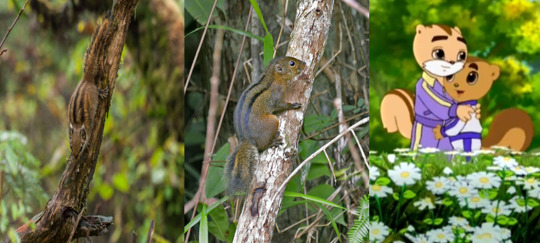
He can also be a bit more brash, and I feel like he has a different sounding voice, than the other squirrels.
I saw in a YouTube video once that darami means both squirrel and chipmunk in Korean. But if they said 'red squirrel,' then they would also need to say 'brown hedgehog,' or something like that, and by that point the mouthfeel is off.
Juldarami is supposedly archaic slang for chipmunk, which is in turn slang for striped, so it is one big circle there that leads back into striped squirrel. Plus, he is too large, and the 'stripes' are in the wrong area and colors for a chipmunk.
Feel free to add anything!
#now the smell of the fur dye is another question#plus how he hides the dye#but I want to have a romance in this one so I need a way to get him in there#I want to have chapters where they can relax and be happy together like with the beach date#there is boot polish but it would have to be the right color#which would require Juldarami to keep a very specific position#I think I saw some characters wearing browner boots so I would have to see what their positions were#might help determine interactions depending on the species because some are from China and Vietnam#but other animals in the show were not strictly Korean#draft of the first chapter done but I want to do the second chapter before uploading both#squirrel and hedgehog#sah#SaH#Asian striped squirrels#swinhoe#three striped ground squirrel#I should probably start worrying about the hyperfixations#it started after having long covid#but it turns out it allows me to be VERY productive at work and management loves it
3 notes
·
View notes
Text

Swinhoe's pheasant By: Kenneth W. Fink From: Pheasants of the World 1993
#swinhoe's pheasant#pheasant#galliform#bird#1993#1990s#Kenneth W. Fink#Pheasants of the World (1993)
126 notes
·
View notes
Text
Great Backyard Bird Off - Asia (poll 1)

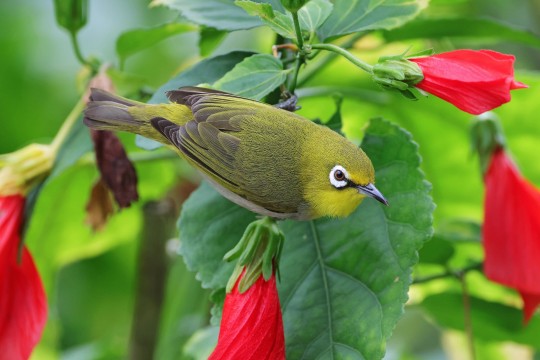
Bird Info & Submission Reasons
Azure-winged magpie (Cyanopica cyanus)
A sleek, long-tailed crow relative--social, highly vocal, and conspicuous in parks, gardens, orchards, riparian areas, and forests. All plumages unmistakable, with black crown, brown back, pale gray belly, and powder-blue wings and tail. Gives raucous, screeching calls as it moves about and is often heard before it is seen. (eBird)
Swinhoe's white-eye (Zosterops simplex)
"cuteness"
A small yellow-olive warbler-like bird with a prominent white eyering. Occurs in forests, shrublands, parks, gardens, farmlands, and urban areas, where it actively forages for fruit, insects, and nectar from the understory to the top of the forest canopy. Song and calls are high-pitched twitters. (eBird)
Image Sources: magpie (Woochan Kwon), white-eye (Nathan Wall)
#Great Backyard Bird Off#bird poll#animal poll#asian birds#azure winged magpie#swinhoes white eye#white-eye
26 notes
·
View notes
Text

Last batch of moths I did!
If any of them are named wrong, please let me know so I can update it!
#tw bugs#tw bug#tw moth#tw moths#my art#art#digital painting#moth#moths#bug#cecropia moth#specious tiger#clown face tiger moth#swinhoe moth
15 notes
·
View notes
Photo

A new variant has been added!
Swinhoe's Snipe (Gallinago megala) © Александр Кочетков
It hatches from agricultural, careful, colored, common, difficult, dry, large, much, other, outer, pale, and wet eggs.
squawkoverflow - the ultimate bird collecting game 🥚 hatch ❤️ collect 🤝 connect
4 notes
·
View notes
Text

Swinhoe's white-eye - zosterops simplex
Orange County, CA, Dec 2, 2023
10 notes
·
View notes
Text





backyard pics, put up a birdbath and they love it :)
1 note
·
View note
Photo

This week in Nantes: n°430 | Imogen Heap, as Joan of Arc, by Luke Swinhoe ↦ GBR More → oripeau.art Submit → oripeau.art/submit Playlist → open.spotify.com/playlist/4R7PXexzD8ifWlzb7YiH76 This project is supported by trempo.com
#Luke Swinhoe#Imogen Heap as Joan of Arc#Oripeau#Nantes#France#Art#Graphic#Graphic art#Graphic design#Design#Street art#Public exhibition#Poster#Black and white#Experimental#Muralart#Streetmural#Graphique#Graphisme#Art graphique#Design graphique#Art urbain#Affiche#Noir et blanc#オリポ#グラフィックデザイン#Trempo
6 notes
·
View notes
Text



Swinhoe's white-eyes
#they're not native here#but I haven't heard anything bad about them yet?#they're very cute#photography#animals#birds#swinhoe's white-eye#nature
1 note
·
View note
Note
May I put in a request for Taiwanese birds? I have a great fondness for the Taiwan barbet. (And the Malayan night heron, which isn't endemic but is weirdly common in Taiwan.)
Absolutely!!!

Taiwan Barbet (Psilopogon nuchalis), family Megalaimidae, order Piciformes, endemic to Taiwan
photograph by CL Lee


Malayan Night Herons (Gorsachius melanolophus), family Ardeidae, order Pelicaniformes, Taiwan
photograph by Francesco Veronesi & William Chong

Swinhoe’s Pheasant (Lophura swinhoii), male showing off a little too enthusiastically to a female, family Phasianidae, order Galliformes, Taoyuan, Taiwan
photograph by Susheng Yeh


Taiwan Firecrest aka Flamecrest (Regulus goodfellowi), male, family Regulidae, order Passeriformes, endemic to the mountains of Taiwan
photograph by @joinus12345

Black-capped Kingfisher (Halcyon pileata), diving for fish, family Alcedinidae, order Coraciiformes, Taiwan
photograph by joinus12345

Taiwan Rosefinch (Carpodacus formosanus), family Fringillidae, order Passeriformes, endemic to Taiwan
photograph by ZW Young
316 notes
·
View notes
Text

The water deer (Hydropotes inermis) is a small deer species native to Korea and China. Its prominent tusks, similar to those of musk deer, have led to both subspecies being colloquially named vampire deer in English-speaking areas to which they have been imported. It was first described to the Western world by Robert Swinhoe in 1870
-Wikipedia
223 notes
·
View notes
Text

Swinhoe's pheasant By: Kenneth W. Fink From: Pheasants of the World 1993
#swinhoe's pheasant#pheasant#galliform#bird#1993#1990s#Kenneth W. Fink#Pheasants of the World (1993)
85 notes
·
View notes
Text

a 2014 Taiwanese stamp depicting a Swinhoe's pheasant
[ID: a postage stamp with an illustration of a blue and red pheasant. end ID]
68 notes
·
View notes
Note
Trick or treat🎃👻
I'll give you a Swinhoe's pheasant (Lophura swinhoii)
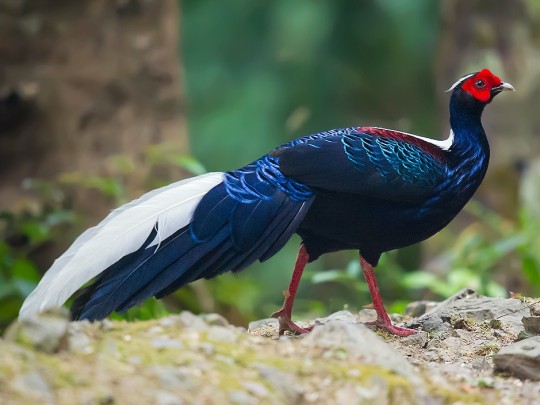
46 notes
·
View notes
Text
Minivet (Pericrocotus) - round 1, section 2



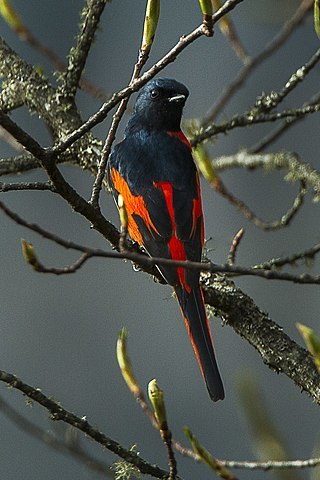


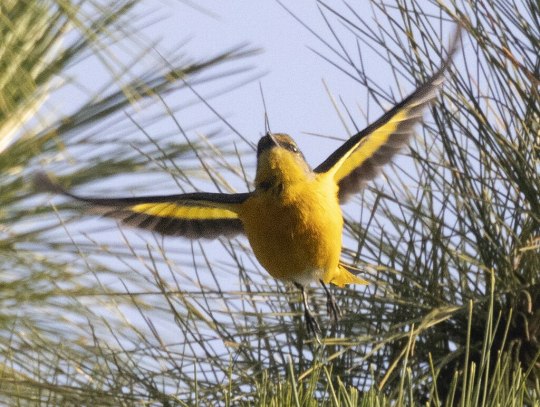
13 notes
·
View notes
Text
What's the Bird?
Location: Orange County, California
Date: December

We ask that discussion under questions be limited to how you came to your conclusion, not what your conclusion was.
Happy Birding!
Keep the game alive! Submit a bird HERE
Bird-532 graciously submitted by @empidonax
8 notes
·
View notes